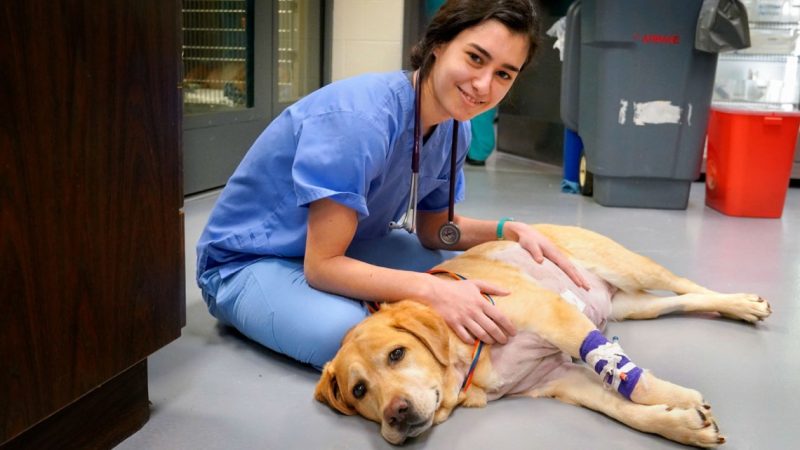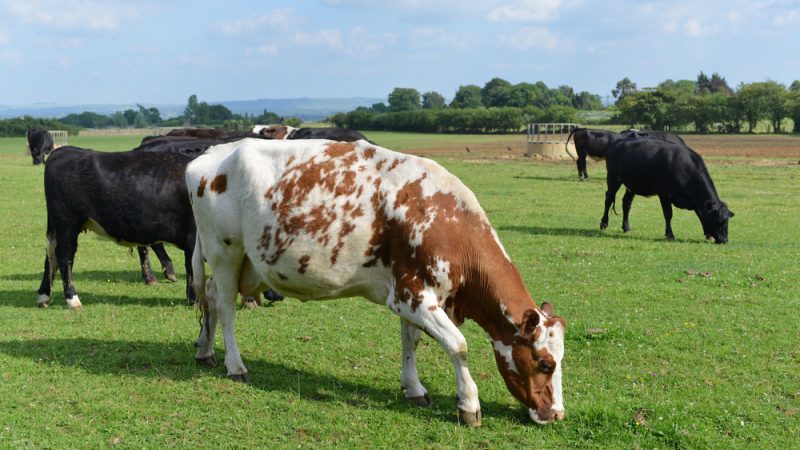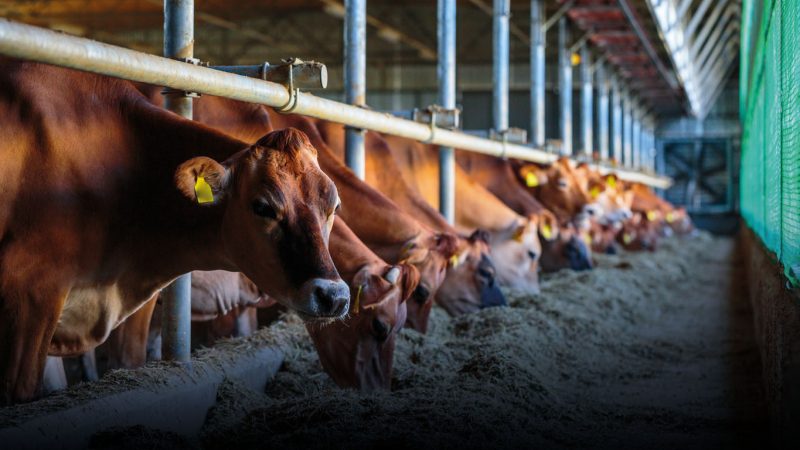Alabama Rot: a review
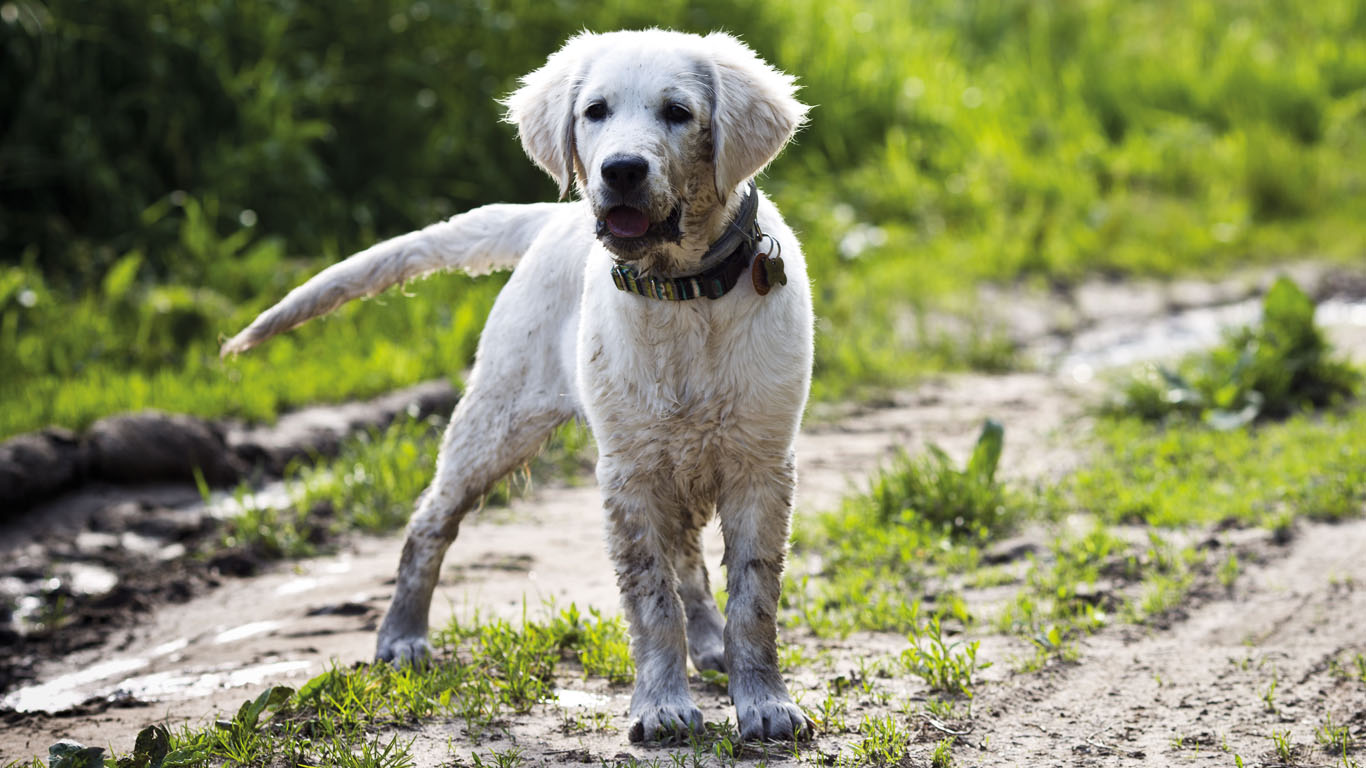
Vet Michael Watts takes an in-depth look at a serious canine condition which often spells the end for a beloved pet and about which we still know worryingly little…
IdiopathicCutaneous and Renal Glomerular Vasculopathy, more familiar to many as Alabama Rot, was first identified in greyhounds in the southern U.S.A. in the 1980s
The disease is characterised by ulcers in the skin which make the flesh appear to rot from the limbs of affected dogs. First identified in the U.K. in November 2012, there were suspect cases in Northern Ireland in 2015. The disease is most common in areas of the country with higher maximum winter temperatures and higher average rainfall in winter and spring. In 2019 there were 29 confirmed cases of Alabama Rot in the U.K. with confirmed deaths of dogs from the disease being reported inter alia from County Tyrone.
The first signs of the condition are often seen a week after a walk, especially one taken in dry lowland heathland or woodland, and are generally cutaneous ulcers that cannot be linked to any known injury.

These lesions are most commonly found on the forelegs below the elbows or the hind legs below the stifle, although they can also be located on the ventral thorax and abdomen and on the muzzle, mouth or tongue. Initially they may appear as discrete cutaneous swellings, areas of erythema of the skin or ulcerated areas resembling craters or more fancifully pairs of parted lips. Later in the course of the disease clinical signs are less specific. Typically they include lethargy and a loss of energy, a loss of appetite and a reluctance to eat.
Thrombocytopaenia occurs in approximately half of the affected dogs and is thought to be the result of widespread microthrombi. Mild anaemia, neutrophilia and hyperbilirubinaemia have also been seen in around 25 per cent of affected dogs. Some affected dogs develop clinical jaundice. Some vomit or retch.
About 25 per cent of affected dogs develop renal failure within one to nine days of the initial appearance of the skin lesions. While a definitive diagnosis of Alabama Rot can only be made by identifying the typical histopathological lesions in the kidney or skin of an affected dog, the presence of skin lesions of this type is strongly suggestive.
The prognosis for dogs with Alabama Rot is never good. Of those which develop skin lesions alone 20 per cent to 30 per cent will eventually recover with good veterinary care and careful nursing. Almost all of those that develop kidney failure will die.
At the time of writing, the cause of Alabama Rot is not known for certain. It has been variously blamed on bacteria, viruses, parasites, fungi and plant toxins. Whatever the cause, the disease does have some fairly constant features. The original cases in the U.S.A. all involved greyhounds. Presumably some as yet unidentified aspect of greyhound management predisposed these dogs to the disease. Most cases in the U.K. have involved pet dogs of a wide range of breeds. In one 2017 survey, around 60 per cent of clinical cases were in gun dogs including English Springer Spaniels, Flat-Coated Retrievers and Hungarian Vizlas, and Whippets. The mean age of affected dogs was 4.5 years.
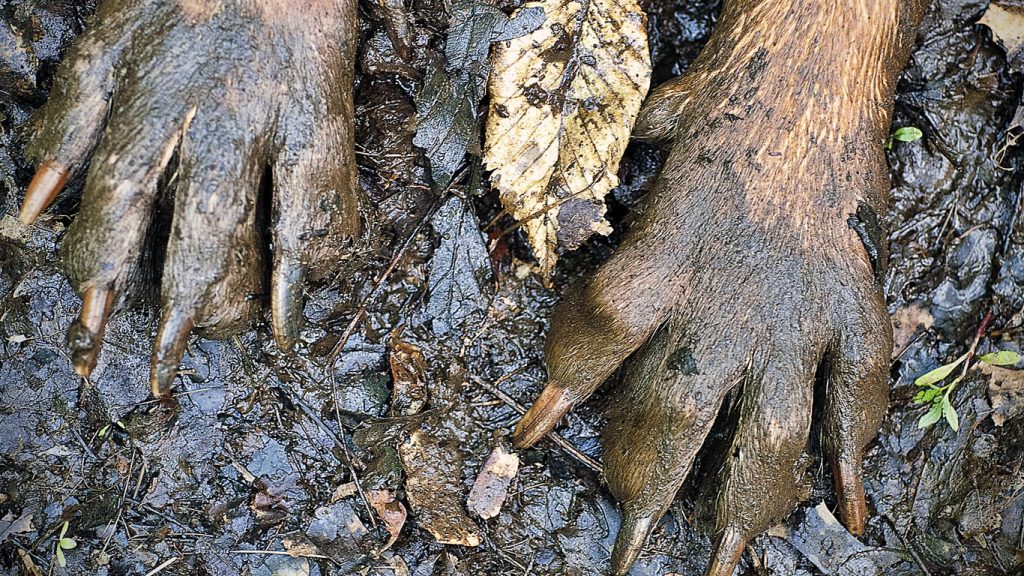
The disease in the U.K. has a pronounced seasonal pattern. In one study 90 per cent of cases were reported between December and May with one third being diagnosed between January and March.
Alabama Rot generally is seen as single isolated cases. Intuitively one tends to assume that when a new infectious disease enters an area the animals living in that area have little or no immunity to it. Accordingly a relatively high incidence of cases is anticipated in animals of all ages. The fact that Alabama Rot does not follow this pattern suggests that either it is not caused by an infectious agent or that most dogs are somehow inherently resistant to it.
There is a condition recognised in human patients, some features of which resemble Alabama Rot and which may give us some clues as to the cause of the canine disease. This is Haemolytic-Uraemic Syndrome [HUS]. First described in 1955, this is predominantly a disease of children. Most cases follow a bout of infectious diarrhoea acquired either as a foodborne illness or from a contaminated water source. HUS develops some five to 10 days after the initial bout of diarrhoea and is characterised by oliguria, haematuria, anaemia and hypertension. The commonest cause of acquired acute kidney failure in children, it sadly has a mortality rate of five to 10 per cent.
Although a number of different viruses have been identified in such cases, the cause is usually bacterial. The organism involved is commonly E. coli serotype O157:H7 which produces a toxin which preferentially attacks vascular endothelial cells, in particular those lining the smaller blood vessels in the kidneys. The result is acute renal failure rather similar to that seen in Alabama Rot. Is Alabama Rot in dogs caused by E coli toxins in a similar fashion to HUS in children?
Clearly if we do not know what causes a disease it is hard to come up with a very sensible approach to treatment. Much of the care of affected dogs is symptomatic: debriding and irrigating the skin lesions, administering antibiotics and ensuring an adequate fluid intake while monitoring urine output as well as blood urea and creatinine levels. Experimentally the use of Therapeutic Plasma Exchange or ‘plasmapheresis’ to filter the blood of affected dogs and remove, toxic substances before the filtered blood is returned once again to the patient, has been pioneered at the Royal Veterinary College.
Given the high case fatality rate in Alabama Rot, euthanasia may be the most humane approach for dogs with extensive skin wounds which are inevitably painful and distressing, as well as for dogs in renal failure. And given the uncertainty surrounding the aetiology of the disease, prevention of Alabama Rot is difficult but if cases have been reported in your area, clients should avoid walking their dogs in muddy woodland areas and should wash any mud off them after a walk. Other than that, checking dogs regularly for signs of redness or sores, especially on their paws, legs and face is a sensible precaution. Forewarned is forearmed!
Michael Watts graduated from Trinity College in his native Dublin in 1980. Apart from a career break spent working for an MSc in food microbiology at Q.U.B, he has spent most of his professional life in rural mixed practice in Northern Ireland. Currently the sole principal of a first opinion community practice in the Ards Peninsula, he takes a special interest in the welfare of racing greyhounds and of livestock at slaughter. The Hon. Secretary of the Society of Greyhound Veterinarians and Press Officer of the AVSPNI, he writes on animal health and welfare column for The Sporting Press and online for The Greyhound Star.


